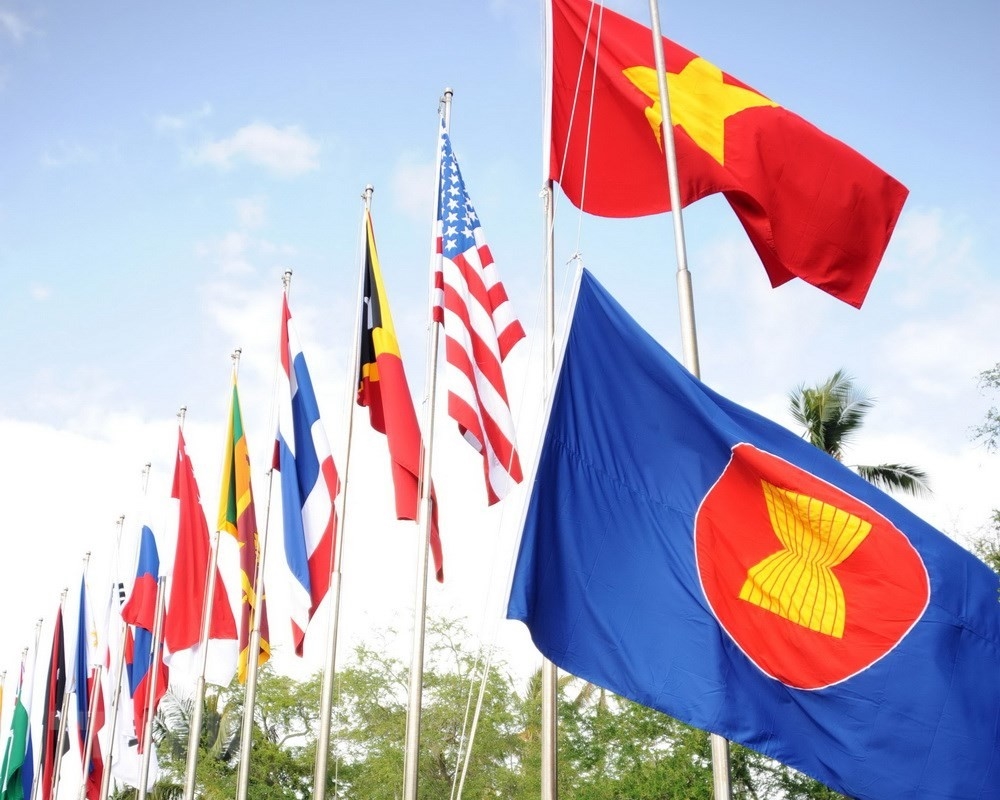
Asean to hold talks on ways to approach tariff threat but some members are already making their own moves to negotiate with Trump’s administration
Asean is in a race to find a unified position on punishing tariffs proposed by US President Donald Trump, as some members of the bloc look to carve out their own deals with an American administration marked by its unpredictability and outrage at trade surpluses.
Trump sent the 10-member Association of Southeast Asian Nations (Asean) in a tailspin last week after he announced plans to impose a 25 per cent tariff on exports of cars, pharmaceuticals and semiconductors to the US, potentially crimping demand for shipments from the region.
Malaysia, Thailand and Vietnam rank the US as among their top trade partners and maintain a large trade surplus with America – another key pain point for Trump.
In response, Malaysia’s Foreign Minister Mohamad Hasan told parliament last Thursday that Asean planned to hold a summit with the US to allow the bloc’s members to present their views on Trump’s planned tariffs.
He did not give a date – or venue – for the proposed meeting.
The US president’s tendency to make sudden announcements and go against established international trade and diplomatic practices, however, leaves the bloc scratching its head over how it should approach the negotiations.
“We don’t have any idea where to start, because nobody knows what the US president is thinking,” said a Malaysian official, who asked not to be named.
“What we do know is that we need to start talks and keep those discussions going. As long as we keep talking, that is a win.”
Discussions on Asean’s approach to Trump’s tariff threats are expected to be the focus at the Asean Economic Ministers’ Meeting scheduled for Friday in Johor.
But getting a consensus may be easier said than done, with several members already making their own moves to negotiate with the Trump administration.
Indonesia, the region’s largest economy, has already launched efforts to set up a two-way free-trade agreement with the US to boost ties and persuade Washington to lower tariffs on Indonesian exports.
Thailand’s commerce minister, Pichai Naripthaphan, earlier this month said the kingdom had sent a delegation to meet the new White House administration.
Bangkok had a plan to negotiate with the US and was ready to adjust to trade requests from Washington, Pichai said, adding that “if we do anything wrong, we can fix it”.
Malaysia, which chairs Asean this year, is also planning its own outreach.
Trade Minister Tengku Zafrul Aziz earlier this week said he would lead a trade mission to the US to explain Malaysia’s position and find ways to meet the Trump administration’s goal of making sure “the US does not lose out” in trade with the Southeast Asian nation.
“It is going to be difficult because every Asean member seems to be pursuing its own strategy,” said a second Malaysian official, who asked not to be named due to the sensitivity of the matter.
Failure to secure a common position will be to Asean’s own detriment, according to economist Doris Liew.
“Increased tariffs would raise production costs, erode export competitiveness and threaten regional supply chains, making Asean a less attractive investment destination,” said Liew of the Institute of Democracy and Economic Affairs, a Malaysian think tank.
A unified Asean would be better able to placate Trump’s tariff tantrums as members could leverage on the region’s combined economic heft – Asean’s GDP in 2024 was estimated at US$3.9 trillion – to narrow trade imbalances by increasing US imports, she added.
Asean’s trade surplus with the US stood at US$227.7 billion in 2024, according to data from the US Trade Representative office, an 11.6 per cent increase from the previous year.
“Increasing imports of US goods – particularly in sectors such as technology, agriculture and energy – could help ease trade tensions while reinforcing Asean’s commitment to fair trade,” Liew said.
Source: SCMP
Share: